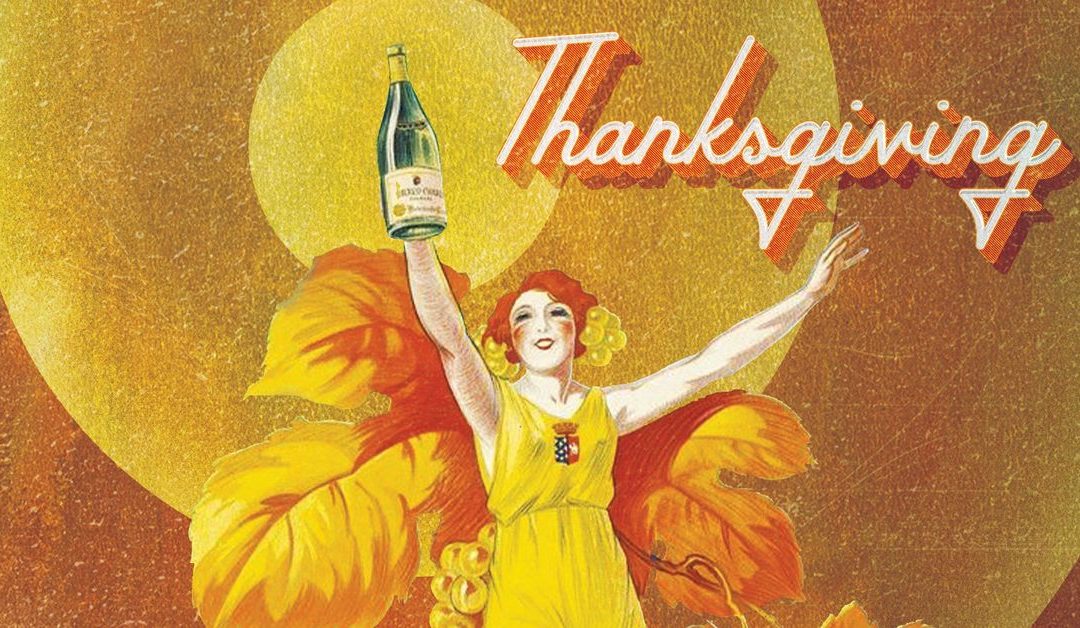Royal Palm Beach has an eventful and intriguing past, from its beginnings as a hunting ground used by the Seminole Tribe of Florida to its eventual incorporation as a lively village by former employees inspired by the Town of Palm Beach. Today, Royal Palm Beach is home to thousands of proud residents living in this desirable location for homebuilders.
Royal Palm Beach is a lively and diverse community in Palm Beach County, home to 39,000 proud residents. It has a rich history, having once been a hunting ground for the Seminole Tribe of Florida, and developed over time into a desirable location for homebuilders. Here are seven facts that may surprise you about this vibrant city.
History of the Seminole Indians in Royal Palm Beach
The Seminole Indians have a long history with what is now Royal Palm Beach, having first claimed the land in the 19th century. As the Creek Indian tribe moved further south to escape conflicts with white settlers, they eventually settled near Okeechobee and Royal Palm Beach boulevards. Many landmarks still bear traces of the tribe, including Seminole Palms Park, Seminole Drive near the Village Golf Club, and Seminole Lakes, a gated townhome community on Lamstein Lane. On June 18, 1959, the land was officially incorporated as the Village of Royal Palm Beach by an act of the Florida Legislature, and Chief Billy Bowlegs III proudly disavowed any authority his tribe may have had on the land.
The History of Royal Palm Beach
Royal Palm Beach is a village that exudes royalty, and it is believed to have been named by former employees of Miami developer Arthur Desser. The source of inspiration for its name was undoubtedly the Town of Palm Beach, marketable due to its reputation. Desser purchased 3,750 acres in the 1950s which would become the heart of the village from Pennsylvania supermarket mogul Samuel N. Friedland. With Friedland’s million-dollar purchase of 56,000 acres of wetland, he successfully molded Royal Palm Beach and its neighboring community into what it is today. Thanks to his efforts, the village began to flourish and now exudes an air of royalty worthy of its name.

Adding Commons Park to Royal Palm Beach
The village of Royal Palm Beach was developed in the 1980s, with single-family homes, a lake, and a golf course. The first phase of this development is still visible today, in its neighborhoods with floral-named streets. In 2013, a 167-acre park known as Commons Park was added to the village, offering residents playgrounds, pavilions, a great lawn, and a three-story common area. Not only is it a place for leisure, but it also serves multiple purposes: every Wednesday, it doubles as a food distribution site, and since the COVID-19 outbreak, it has been used as a testing site. Commons Park provides Royal Palm Beach with its own Central Park-style sanctuary.
This past summer, the Palm Beach Shakespeare Festival brought “Twelfth Night” to the park as part of a “Shakespeare in the Palms” program. Mayor Fred Pinto proudly noted that the village boasts more parks per capita than any other community in the county – 10 acres of parkland per 1,000 residents.
An Impressive Diversity Index
Royal Palm Beach is now more diverse than ever, boasting a population of 38,932 people in the 2020 Census – a 14% increase from 2010. With an impressive diversity index of 80, this vibrant community is home to nearly 59% non-white residents, totaling 22,932 people. This exciting growth in diversity makes Royal Palm Beach a great destination for those looking to join a diverse community.
The Hispanic population has seen a remarkable increase in numbers, rising from 6,950 to 10,502. The Black population also saw a 14% jump, increasing from 7,738 to 8,855. Additionally, the population of individuals belonging to two or more races jumped an impressive 488%, rising from 1,109 to 6,598 – making Royal Palm Beach an increasingly diverse and inclusive community.
The Wildcat Way
Crestwood Middle School proudly opened its doors in 1983 to Sparrow Drive, introducing the village’s first public school and giving students a new beginning. Following this success, H.L. Johnson and Cypress Trail elementary schools were established within the next four years – creating an exciting opportunity for students to join The Wildcat Way and celebrate education.
25th Anniversary Celebrations
Royal Palm Beach High School has had a lot to celebrate this year, as it marks its 25th anniversary of providing education to the 1,100 students who first enrolled in 1997. Principal Jesus Armas – who was recently named the 2020 Palm Beach County School District Principal of the Year- has planned a year-long celebration to honor this special milestone. The celebrations began with a homecoming football game and an alumni kickball tournament on the weekend and will continue with a variety of other events throughout the year.
Committed to Urban Forest Management
Royal Palm Beach is a proud Tree City USA community, having been recognized by the Arbor Day Foundation for its commitment to urban forest management since 1990. With over 3,600 communities throughout the country, Royal Palm Beach stands out for meeting all four requirements set by the National Arbor Day Foundation and the National Association of State Foresters – a tree board or department, a tree care ordinance, an annual community forestry budget of at least $2 per capita, and an Arbor Day observation and proclamation.
Royal Palm Beach is an idyllic city that spills with a marvelous history, spanning centuries in its roots. Once known as Seminole Indian territory, its current existence was recognized by the Florida legislature in 1959, thanks to developers Arthur Desser and Samuel N.Freehold who’ve both contributed significantly to the current glory of this royal municipality. Snapshots of the historical past remain intact with various Seminole tribal names for public parks, roads, and suburbs throughout Royal Palm Beach. All these characteristics tally up to why this Palm Beach County gem merits its celebrated title within Florida.






